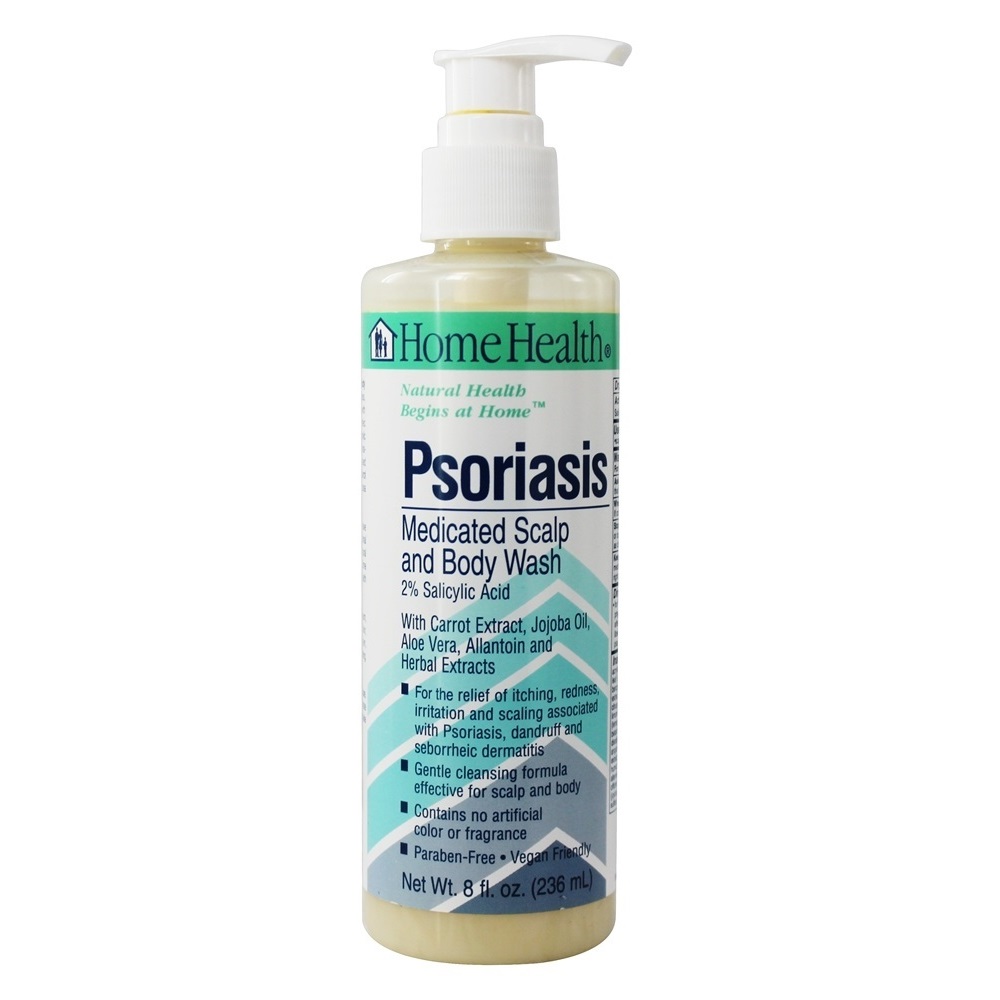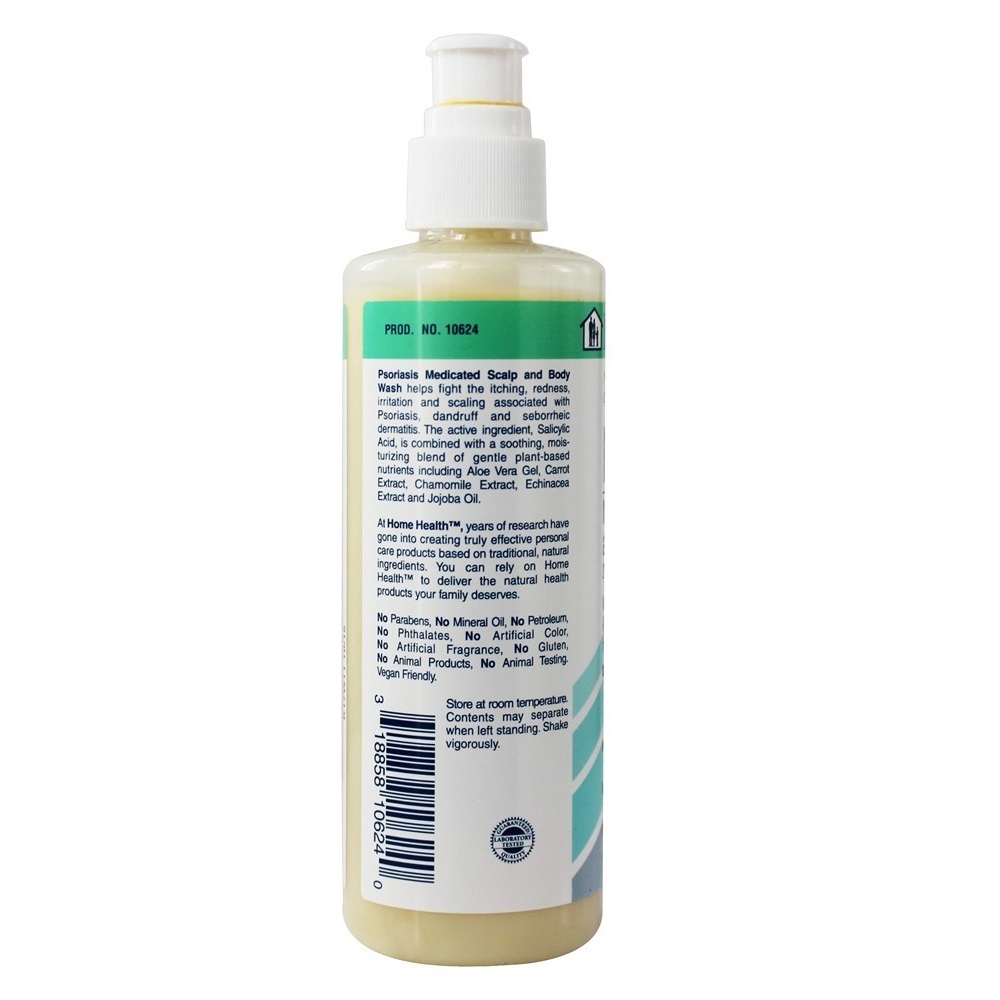| Salicylic Acid | Salicylic Acid is much used as an antipyretic in fevers, especially those of the septicaemic kind, joint relief and arthritis. |
|---|
| Allantoin | This medication is used as a moisturizer to treat or prevent dry, rough, scaly, itchy skin and minor skin irritations. |
|---|
| Aloe Barbadensis Leaf | Aloe Barbadensis leaf juice can soothe skin and serve as an anti-inflammatory. It can be efficiently used topically, because of its burn healing effects, scar reducing and wounds healing properties. |
|---|
| Chamomilla Recutita | Chamomilla recutita is also used as a mild laxative and is anti-inflammatory and bactericidal. German chamomile is used in herbal medicine for a sore stomach, irritable bowel syndrome, and as a gentle sleep aid. |
|---|
| Citrus Grandis | Grapefruit is a source of vitamin C, fiber, potassium, pectin, and other nutrients. Some components might have antioxidant effects that might help protect cells from damage or reduce cholesterol. |
|---|
| Citrus Medica Limonum | Lemon contains antioxidants called bioflavonoids. Researchers think these bioflavonoids are responsible for the health benefits of lemon. |
|---|
| Daucus Carota Sativa | Healthy skin and Eyesight |
|---|
| Echinacea Purpurea | Fresh Wildcrafted Echinacea Angustifolia Root |
|---|
| Equisetum Hyemale | The homeopathic remedy equisetum is mainly used to treat symptoms related to a painful urinary bladder and trickling of urine or when the urine contains mucus. |
|---|
| Glycol stearate | Glycol Stearate: emulsion stabilizer, opacifying agent, skin conditioning agent (emollient) |
|---|
| Honey | Honey has long been known by many cultures to have a wide range of health benefits in adults. |
|---|
| Humulus Lupulus | Hops is used for anxiety, inability to sleep (insomnia) and other sleep disorders, restlessness, tension, excitability, attention deficit-hyperactivity disorder (ADHD), nervousness, and irritability. |
|---|
| Hydroxypropyl Methylcellulose | It is usually used when an artificial tears solution is not successful. This medication may also be used to treat certain other eye disorders (keratitis, decreased corneal sensitivity) |
|---|
| Lauramide Dea | Fatty acids derivatives of Diethanolamine (DEA) |
|---|
| Lawsonia Inermis | Used to dye skin, hair and fingernails, as well as fabrics including silk, wool and leather. |
|---|
| Propylene Glycol | Propylene glycol is on the U.S. Food and Drug Administration (FDA) generally regarded as safe list (not to be confused with ethylene glycol, which is extremely toxic if ingested). |
|---|
| Rosmarinus Officinalis Leaf | Rosemary is used topically (applied to the skin) for preventing and treating baldness; and treating circulation problems, toothache, eczema, and joint or muscle pain such as myalgia, sciatica, and intercostal neuralgia. |
|---|
| Simmondsia Chinensis Seed | Jojoba is applied directly to the skin for acne, psoriasis, sunburn, and chapped skin. It is also used topically to encourage the regrowth of hair in people who are balding. |
|---|
| Sodium Chloride | Sodium chloride /ˌsoʊdiəm ˈklɔːraɪd/, also known as salt or halite, is an ionic compound with the chemical formula NaCl, representing a 1:1 ratio of sodiumand chloride ions. |
|---|
| Sodium Myreth Sulfate | Sulfolaurate is used as a mild, non-drying cleanser |
|---|
| Tea-Lauryl Sulfate | TEA-Lauryl Sulfate functions as a surfactant - cleansing agent. |
|---|
| Triethanolamine | Triethanolamine, often abbreviated as TEA, is a viscous organic compound that is both a tertiary amine and a triol. A triol is a molecule with three alcohol groups. Triethanolamine is a strong base. |
|---|
| Urtica Dioica | Stinging nettle contains ingredients that might decrease inflammation and increase urine output. |
|---|




Reviews
There are no reviews yet.